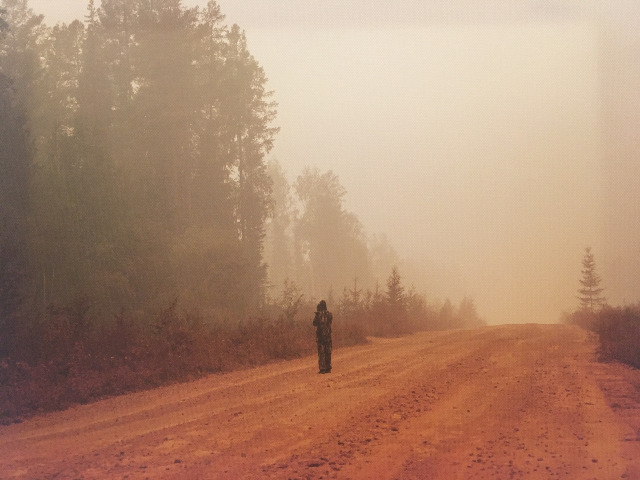A SVALURian attending the ASSW2022: part 2
| Datum: | 27 april 2022 |
| Auteur: | Zdenka Sokolíčková |

The congress was held in Sámpi, the region traditionally inhabited by the Sami people. Indigenous perspectives were very present in some parts of the program, and rather invisible in others. I was sorry to miss the first part of the RATIC meets T-MOSAiC workshop due to the congress opening scheduled for the same slot, but during the second part, it was reiterated that Indigenous peoples often see the environment as their infrastructure; it is a „Western“ understanding to distinguish between „natural environment“ and „built environment“. In the session Converging Science, Art, and Indigenous Knowledge Systems for Understanding Change and Sustainability in the Arctic, ways og entangling arts, research, local and Indigenous knowledge were discussed, and a powerful photo exhibition Martian taiga could later be seen in the venue corridor, presenting research on informal roads in the Russian Arctic.
Inspiring examples were presented, e.g. the project https://artslink.space/ working with transmedia storytelling. The talk of James Temte (Alaska Pacific University) entitled Community Inspired Public Art for Positive Change raised the issue of research design; there is a difference between needs-based research (what the community lacks) and asset-based approach (what the community is good at). A useful method is visioning meetings where art is included to identify stories and such assets.
The session ran parallel with another highly topic and well-attended session co-convened by Annette Scheepstra and Gerti Saxinger, on Co-creating Arctic Research together with Indigenous Rightsholders. I regretted I missed it, but I preferred hybrid format to the online one. By the way, going hybrid worked surprisingly well at ASSW2022. I guess a new normal has been established at big scientific events.
The Science Day in the middle of the week was very much focused on physical and natural science, a prominent topic was remote sensing, also during the poster session. Strikingly little attention was paid to Indigenous and local environmental knowledge, or co-creation, in a sharp contrast to how I spent the first days of the congress. The social scientist intimidated by graphs and measurements could relax in Árdna, the Indigenous Lounge with crackling fire, good company, and Sami artworks.
Over de auteur
Zdenka is post-doc at the Arctic Centre working for the Svalur project

